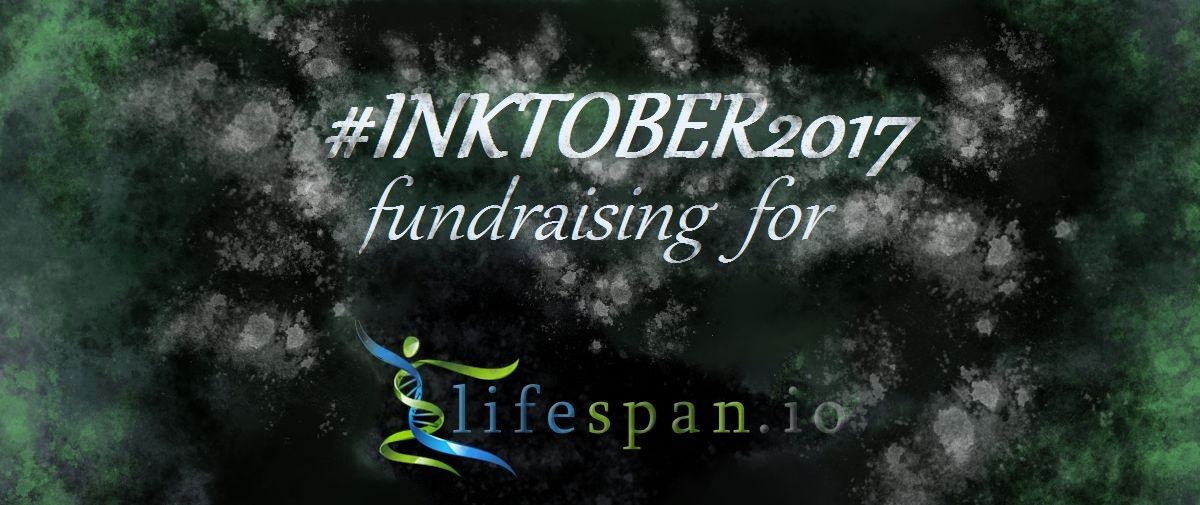The importance of telomere length is becoming increasingly clear. BioViva Sciences is leading the way in exploring applications of this knowledge.
To learn more visit https://bioviva-science.com/
Produced by adam alonzi narration by adam alonzi.
The importance of telomere length is becoming increasingly clear. BioViva Sciences is leading the way in exploring applications of this knowledge.
To learn more visit https://bioviva-science.com/
Produced by adam alonzi narration by adam alonzi.

By treating one of the root causes of aging – senescent cells – a new class of drugs, known as senolytics, has the potential to treat a wide range of age-related diseases rather than the traditional approach of dealing with them one at a time.
Today we are going to take a look at what senescent cells are, how they contribute to age-related diseases and a new review by the Mayo Clinic that shows what we can do about this problem. We all age, but the research suggests that we may not have to suffer from age-related ill health.

A great initiative by Laura Katrin Weston one of our amazing volunteers. She is supporting research fundraising using the wonderful artwork she produces at Black Cat Studios.
Black Cat Studios is a small private recording, music production and art studio in Leicestershire, UK, providing a range of services for musicians, broadcasters, and game developers. It is really great to see the community starting to use their talents and passions outside of longevity to help support research. All proceeds will go to Lifespan.io and we will use them to support cutting-edge medical research projects such as MouseAge.
Laura will be producing artwork based on 31 themes all with a longevity or transhumanist flavor to them based on this list:

Leading women’s magazine Marie Claire has a feature story on life extension out this month (approx 1.5 million circulation):
Forget about life after death. More and more, women around the country are seeking another kind of miracle: not dying at all.
What if you could hit the pause button on aging? Live to 120 without feeling a day over 80? More radical still, what if you could cheat death? Would you do it?
“Life extensionists” would. That’s the name modern immortality seekers now go by, and devotees range from those who’d like to live healthier lives into old age to the more extreme, who ardently believe that humans can, and should, overcome death the same way we’ve overcome, say, smallpox or tooth decay.
Life expectancy for women in the United States has risen steadily from 73 in the 1960s to 81 today, with those numbers continuing to increase thanks to a combination of biology and higher standards of living (not to mention the over 1,000 geneticists and biologists working in the longevity field). But life extensionists want more. They want to be cognitively and physically healthy for decades, if not centuries.

This year we want to continue this tradition by doing something special, making a video to showcase you, our community, as it is only with your outstanding help that we have been able to accomplish so much in such a short period of time.
To learn more visit our website today: https://www.leafscience.org/longevity-month-2017-tell-us-your-story/


This report on the NAD booster nicotinamide mononucleotide (NMN) will definetly be of interest to Lifeboat members.
NAD is the fountain of youth in mice and is boosted by NMN. This report includes highlights of Aug 2017 interview with Dr. David Sinclair, the researcher who discovered that the anti-aging molecule NAD has rejuvenating effects on mice.
Summary: NMN as a NAD-boosting anti-aging drug. Highlights of the August 2017 interview with David Sinclair, the scientist who discovered that the fountain of youth molecule NAD has remarkable rejuvenating effects on mice. The career of David Sinclair follows a link between sirtuins, resveratrol, NAD-boosting anti-aging compound nicotinamide mononucleotide (NMN), and calorie restriction.
Professor David A. Sinclair, Ph.D. has discovered what may be the fountain of youth. The Australian geneticist with the UNSW School of Medical Sciences and Harvard Medical School reported that by boosting NAD, a naturally-occurring compound found in our bodies, he was able to reverse DNA damage and turn elderly mice into energetic young ones.
That’s all fine and well for mice, but when will clinical trials show that NAD-boosting NMN is safe and effective for us humans?
Dr. Mark Katakowski makes the case that rejuvenation of the bone marrow niche is a practical approach to life-extension today. Mark is President of the longevity company Forever Labs, and is a medical physicist with extensive experience developing stem cell therapies for neurological disease and injury.
Mark was first to demonstrate that microRNA functions as a communication molecule between brain tumor cells, a previously unknown mechanism of intercellular eukaryotic gene regulation. Based upon his use of stem cells to treat age-related disease, Mark surmises that rejuvenating the bone marrow provides significant opportunity to combat aging.